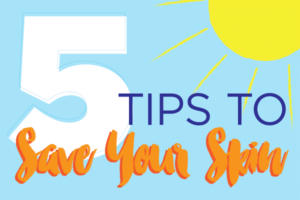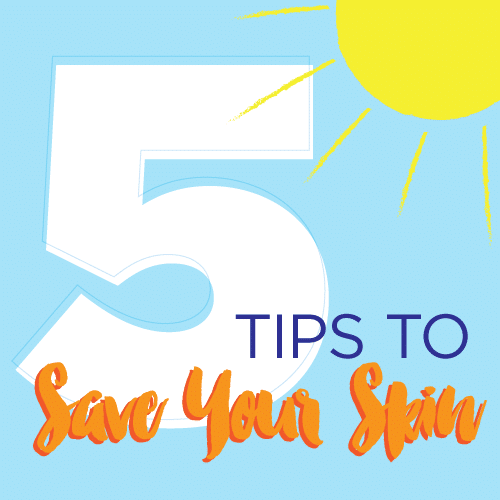 Spending too much time in the sun unprotected can cause your skin to age well beyond its years—and quickly.
Spending too much time in the sun unprotected can cause your skin to age well beyond its years—and quickly.
PREVENTION IS THE best way to safeguard your skin against sunburns, premature aging, and skin cancer. This summer, keep these tips in mind:
1. Apply sunscreen early and often. Your skin needs about 15 minutes to soak in sunscreen, so apply products before you head outside. Also, don’t neglect those easy-to-forget areas, such as the tops of your ears and feet. Reapply every two hours for the best protection, as well as after swimming or if you sweat heavily.
2. Choose broad-spectrum, high-powered sunscreens. Look for products that shield your skin from both UVA and UVB rays with sun protection factor (SPF) of 30 or higher.
3. When in doubt, toss it out. The U.S. Food and Drug Administration requires sunscreens to remain effective for three years. If your sunscreen has expired or its color or consistency has changed since you bought it, throw it away.
4. Dress the part. No sunscreen blocks 100 percent of ultraviolet rays, advises the American Academy of Dermatology. Lightweight, long-sleeved shirts, long pants, wide-brimmed hats, and sunglasses can supplement the protection you get after applying sunscreen. Clothing with ultraviolet protection factor (UPF) ratings offers more protection than average clothing.
5. Seek shade during the middle of the day. The sun’s rays are strongest between 10 a.m. and 4 p.m., so this is a good time to find activities to do indoors or in shaded areas.
How to Perform a Skin Self-Exam
A monthly skin and mole check is easy to do and could help you identify skin cancer in its earliest stages when it’s easiest to treat. Follow these tips from the American Academy of Dermatology:
- Examine your entire body while standing in front of a mirror, including under the arms and the backs of the legs.
- Don’t neglect your hands and feet. Look at your palms, the soles of your feet, and between your toes.
- Use a hand mirror to examine the front and back of your neck, scalp, back, and buttocks.
Talk to your primary care provider about additional ways you can protect your skin.

